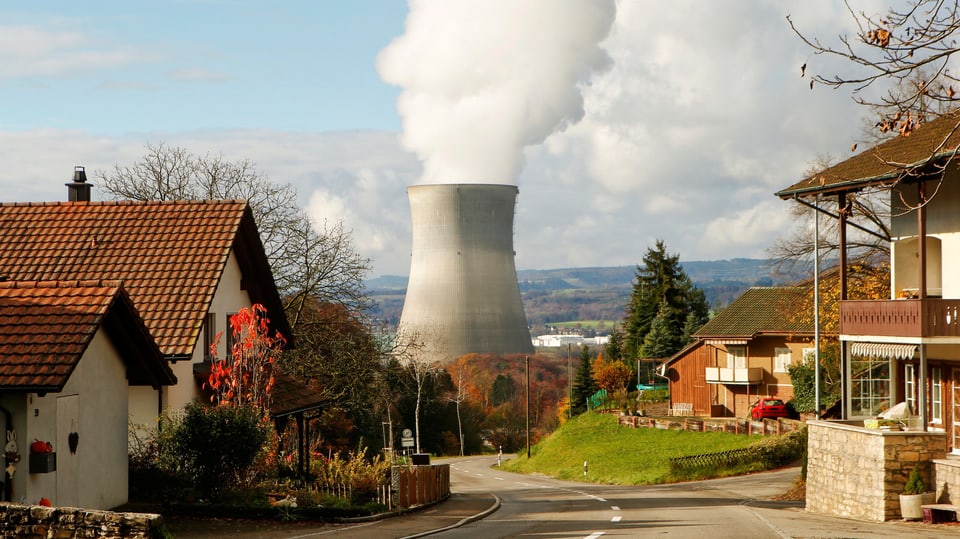Contents
After the yes to the climate protection law, the path to the net zero target by 2050 is far from clear. Because SVP and FDP fear a power shortage without nuclear energy and want to extend the life of the existing nuclear power plants. Can the climate goals not be achieved without nuclear power?
This is the starting position: In Switzerland, the nuclear power plants Beznau 1 and 2, Gösgen and Leibstadt are in operation. There are no set terms for these. As long as the nuclear power plants are classified as safe by ENSI and are financially worthwhile for the operators, they will remain connected to the grid.
In 2018, the Nuclear Energy Act was revised and adapted to the Energy Strategy 2050. Since then, the construction of new nuclear power plants and the reprocessing of radioactive waste have been banned.
This is what the FDP and SVP are demanding: “We must continue to rely on nuclear energy, otherwise we have a gigantic problem,” said FDP President Thierry Burkart shortly after the adoption of the climate protection law. SVP Vice President Magdalena Martullo-Blocher also spoke out in favor of investments in nuclear power.
For FDP member of the Council of States Ruedi Noser it is clear that climate neutrality can only be achieved by 2050 if the existing nuclear power plants continue to be operated or renewed. Beznau 1 and 2 are to be operated as long as they are safe. “If they are no longer safe, a new reactor building should be built,” says Noser. “Because if these nuclear power plants are shut down in early 2030 or 2031, we will have less electricity than before, even if all renewable energies are expanded.”
This is what the energy industry says: Michael Frank, Director of the Association of Swiss Electricity Companies (VSE), sees it differently than the FDP. The fear of a power shortage must be taken seriously if the political actors do not act quickly. An operating life of the Gösgen and Leibstadt nuclear power plants of 70 to 80 years is also conceivable if the safety requirements are met. Due to their age, these two nuclear power plants would also be most suitable for an extension, says Frank.
Legend:
Built in 1984, the Leibstadt nuclear power plant is the youngest and most powerful nuclear power plant in Switzerland.
REUTERS/Arnd Wiegmann
But from the point of view of the VSE, the way back to nuclear power is not necessary: ”The financial means and the technology would be available in Switzerland, there are socio-political hurdles, more acceptance is urgently needed for the expansion,” says Frank. For example, politicians would not have made any progress in the last ten years with the expansion of renewable energies.
A study shows that: According to Frank, the power supply in Switzerland is guaranteed until 2050 even without nuclear energy. In cooperation with Empa, the VSE has one Study on the energy future of Switzerland in 2050 Developed. The study shows that security of supply and the achievement of climate targets are most likely to be guaranteed if there is a high level of acceptance for the expansion of renewable energy and close energy policy cooperation with Europe.
In all scenarios, the study assumes that the nuclear power plants will be taken off the grid after a period of 60 years. “The elimination of fossil fuels would result in an enormous increase in efficiency and four to six times less dependence on foreign energy,” says Frank.
Noser, on the other hand, points out that the VSE wants to import more than ten percent of electricity in winter. “With nuclear power, we have to import about three percent.” In addition, last winter showed how uncertain electricity production from Europe is. “There can be a problem in the Swiss power supply relatively quickly.”

